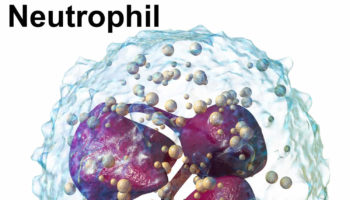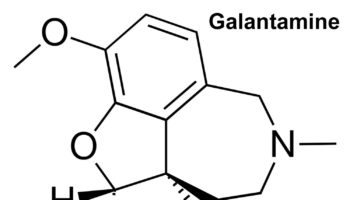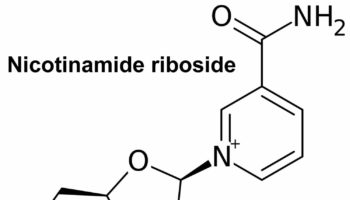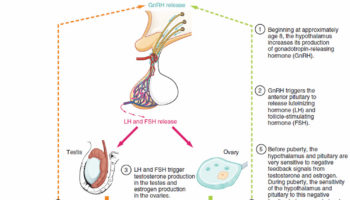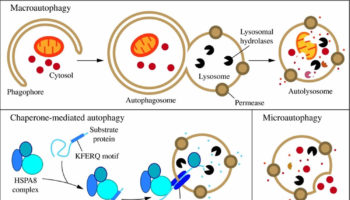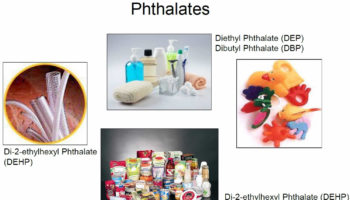What are monocytes Monocytes make up 5-10% of the total white blood cell count about 2×105/ml ((Differentiation of monocytes. Origin, nature, and fate of their
What is ferritin Ferritin is a large spherical protein consisting of 24 noncovalently linked subunits with a molecular weight of approximately 450,000 daltons. The subunits
What are neutrophils Neutrophils also known as neutrophilic granulocytes or polymorphonuclear leukocytes are a type of white blood cells (leukocytes) that normally make up the
What is caprylic acid Caprylic acid (C8H16O2) is also referred to as octanoic acid or food additive E 570, which is the common name for
What is galantamine Galantamine or galantamine hydrobromide is used to treat the symptoms of Alzheimer's disease (a brain disease that slowly destroys the memory and the
What is nicotinamide riboside Nicotinamide riboside is a unique member of the vitamin B3 (also known as Niacin) family and was originally identified as a
What is gonadotropin In the body, there are two types of gonadotropins, luteinizing hormone (LH) and follicle-stimulating hormone (FSH), that are secreted from the anterior
What is autophagy Autophagy is a genetically programmed cell survival pathway involving the degradation of cytoplasmic constituents, and the recycling of ATP and essential building
What is norepinephrine Norepinephrine also called noradrenaline (noradrenalin), is a naturally occurring catecholamine hormone that functions as a neurotransmitter in the sympathetic nervous system. Norepinephrine
What are phthalates Phthalates are diesters of phthalic acids, a family of man-made industrial chemicals extensively used since the early 20th century as softeners of plastics,


